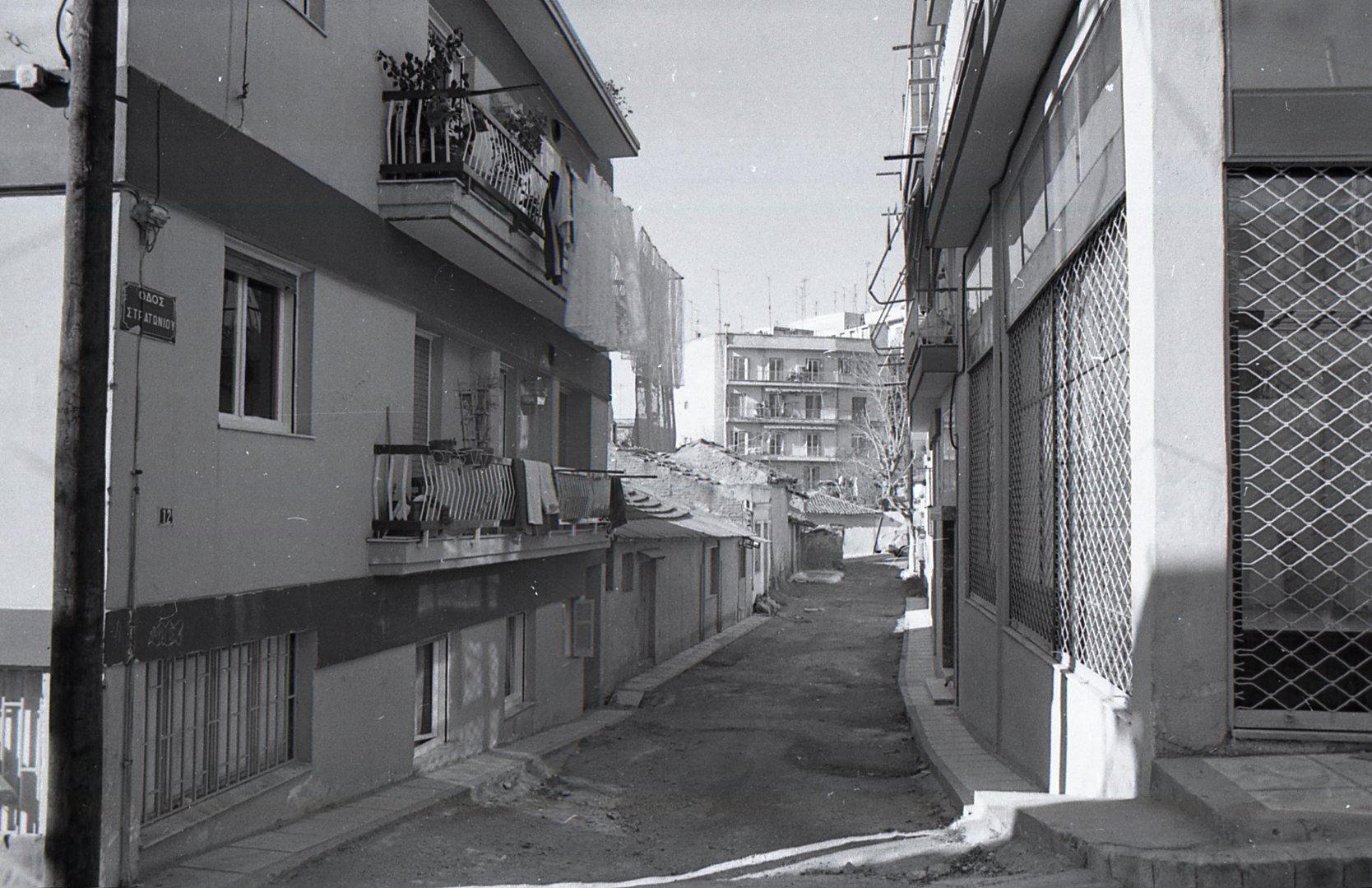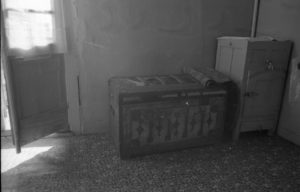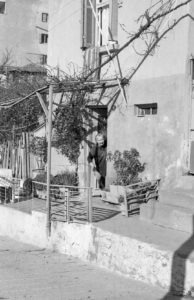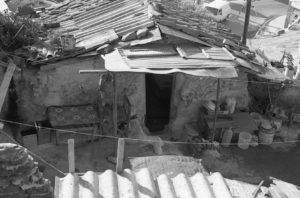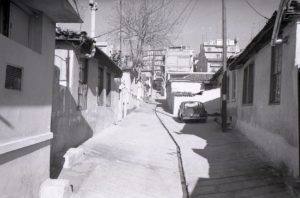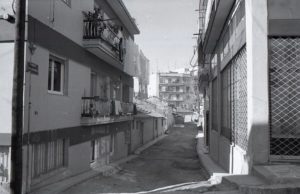Aspects of Ano Poli in 1980
City
Migration Period
City Narratives
Category
Full Description
Postwar reconstruction, or at least its initial phase during the 1950s, left the area of Ano Poli largely unaffected, since land in Ano Poli was not conducive to profitable development for a variety of reasons: sharp inclines, lack of wide streets, small land plots with high plot coverage, unclear ownership. Nevertheless, several apartment buildings were erected during that time, most of which in the area between Kassandrou Street and what today is Olympiados Street; an area which is no longer considered a part of Ano Poli. Due to the Emergency Law 395/1968, which allowed the vertical extension of all buildings in the country by one storey, many parts of Ano Poli started attracting the interest of developers leading to a flurry of construction. However, the Greek Archaeological Service soon declared the area exempt from Law 395/1968, a decision ratified by Royal Decree a few months later.
However, the building permits that had been issued between the passing of the Emergency Law and the implementation of the Royal Decree allowed development in Ano Poli to continue throughout the following years and until 1973-1974. In 1975, the Ministry of Culture and Science suspended all building activity in ten neighbourhoods of Ano Poli, adopting a recommendation by the Archaeological Service. Many of the residents protested the decision and asked for the restrictions on building height to be lifted. Their protest culminated into the establishment of the ‘Association for the Protection of Ano Poli Property Owners’.
Besides transforming the morphology of Ano Poli, the availability of newly built housing also resulted in the partial change of the area’s anthropogeography. Excluding the area of the Acropolis, the population of Ano Poli in 1971 was 18,250 people (5,714 households). At the end of the 1970s, most of these households were still of refugee origins. An urban planning survey conducted at the time examined a sample of 245 households using questionnaires and found that 50% were of refugee origins, 25% were natives and 25% were internal migrants. The natives had settled in Ano Poli from the 1950s onwards and mainly in the 1970s, while the internal migrants during the ‘60s and the ‘70s. [1]
A decree published in 1979 designated Ano Poli a traditional settlement and a second decree later that year outlined the building regulations that would apply in the area. Since then, several buildings have been erected in the area, illustrating creative approaches to traditional architectural elements. These buildings were often the works of famous architects and were either directly commissioned by mid- and high-income clients or constructed with this class of potential buyers in mind.
At first, very few buildings were protected and deemed worthy of preservation, but more were added over time. However, their owners were not sufficiently incentivised to see to their rehabilitation. The overall picture of contemporary Ano Poli combines all the architectural elements mentioned above.[2] Most refugee houses (even some which have been deemed worthy of protection) are falling into disrepair and dilapidation due to the passage of time and the lack of viable preservation policies.
The photographs depict aspects of Ano Poli architecture in 1980. They also highlight the survival of refugee housing up until that time.
The first image shows the corner of Alkinoou Street and Stratoniou Street, where typical apartment buildings of the 1960s and ‘70s co-exist with refugee houses. You can see the same location today from the opposite angle here: https://bit.ly/3lp9dTf. The second photograph shows an unidentified street where the aforementioned co-existence of apartment buildings with refugee houses is also depicted. The third shows a makeshift dwelling made of assorted materials, perched on a rock right above the intersection of Akropoleos Street with Ochi Avenue. The fourth image shows an unidentified street and an elderly woman holding a broom on the ground floor of an apartment building. The photo series concludes with an ice box and a chest from the interior of a refugee house; household items from a bygone era.
[1] Agis I. Anastasiadis, Urban design research-intervention in Pano Poli, Thessaloniki, vol. 1, Paratiritis, Thessaloniki 1982, pp. 137-139.
[2] To complete this picture, we must mention the construction of small studios, particularly in eastern Ano Poli, aimed mostly at the city’s student population.
Bibliography
Agis I. Anastasiadis, Urban design research-intervention in Pano Poli, Thessaloniki, vol. 1, Paratiritis, Thessaloniki 1982.
